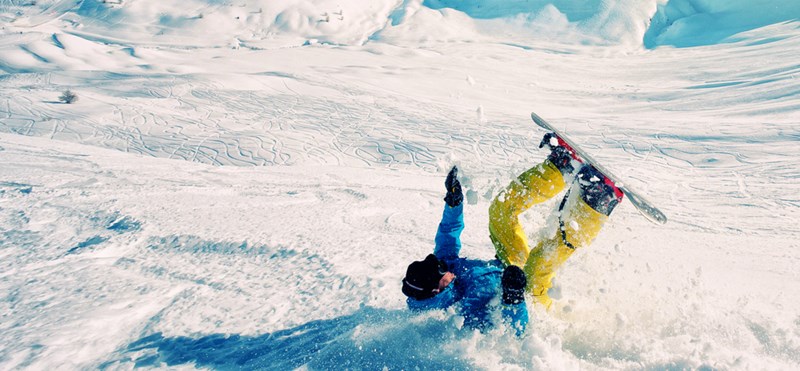
With the ski season in full swing and February half term approaching, we've developed an interactive fracture map showing the ski resorts which have the most accidents resulting in bone fractures.
We've taken a look at ski resorts worldwide and mapped out where the most injuries take place. How, you may ask? Well, we’ve looked at every single time we’ve helped injured people after a skiing accident, and mapped it out geographically – and, as you might guess, the focus is on Europe.
Popular ski resort Les Arcs in Savoie, France tops the list for the most fractures recorded. In fact, French ski resorts make up the top ten places where winter sports fans sustain fractures, closely followed by Borovets in Bulgaria. Resorts in Italy, Austria and Canada make an appearance lower down the list, as fewer fractures appear in these areas.
The top ten resorts where people suffer fractures are:
1. Les Arcs, Savoie, France
2. Les Deux Alpes, Isère, France
3. Val d'Isère, Savoie, France
4. Val Thorens, Savoie, France
5. Serre Chevalier, Hautes-Alpes, France
6. Morzine, Haute-Savoie, France
7. La Plagne, Tarentaise, France
8. Courchevel and Meribel, Savoie and Tarentaise Valley in France
10. Alpe D'Huez, Isère, France
The next resorts which make up the top 20 are:
11. Borovets, Sofia Province, Bulgaria
12. Tignes, Savoie, France
13. Livigno and Zell Am See, Sondrio, Italy and Salzburg, Austria
15. Montgenevre, Hautes-Alpes, France
16. Saalbach, Salzburg, Austria
17. Whistler, British Columbia, Canada
18. Bansko and Châtel, Bulgaria and Haute-Savoie, France
20. Aosta, Banff and Kitzbuhel, Aosta Valley in Italy, Alberta, Canada and Tyrol, Austria
Winter sports are a higher risk activity, and while most fractures are not life threatening, a helicopter is sometimes the only way to get you off the mountain and to hospital. Skiers or snowboarders in Europe who hurt themselves could then be saddled with a bill of up to £2,500 for a rescue service. Many people don’t realise that there is a cost involved with being airlifted, often assuming it's free, as it would be in the UK.
If injuries are serious you may need to be repatriated home by air ambulance; the cost of this could be up to £50,000 in Europe and up to £100,000 in North America.
Greg Lawson, Managing Director at Columbus Direct, comments: "A standard travel insurance policy is unlikely to cover you for winter sports so we urge travellers to check that they have cover specifically for these activities so that they are not presented with unexpected costs should an incident occur.
"Many people assume that they have cover from their European Health Insurance Card for local emergency services or that the local government or even the FCO would pick up the cost of being rescued, but generally this is not the case."